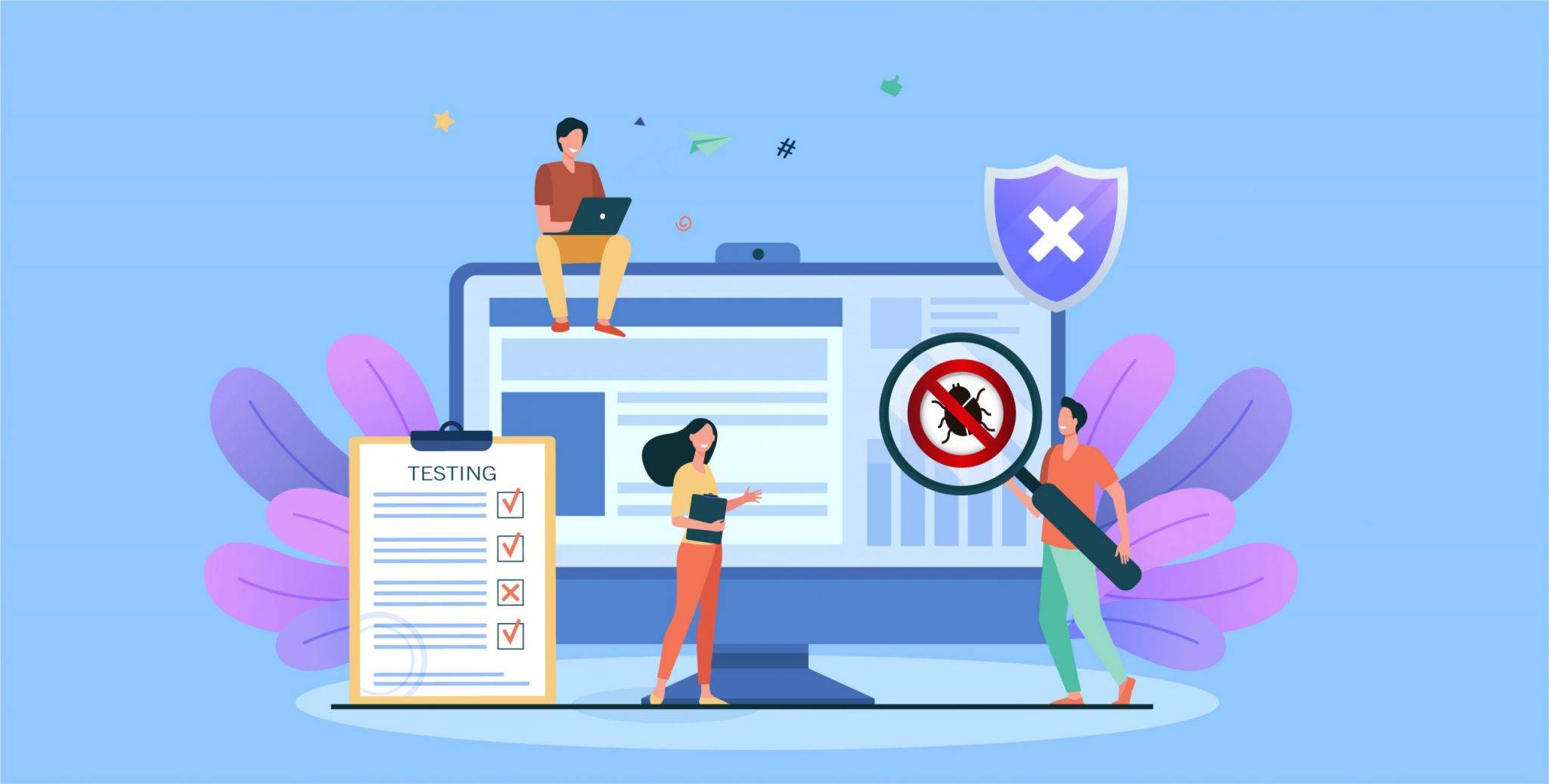When planning to admit children to a school for education, parents can not even imagine admitting their child directly into first or second grade, without passing kindergarten. Why is it so? Because to get ahead in life, basics must be strong. Similarly, if a tester wants to grow in his/her career, knowledge about the basics of software testing is something extremely important. Testers must also take a lesson from hackers as well i.e the hunger hackers have for eating the software and systems of their choice, alive. Testers must be hungry enough to eat all the defects in the software while filling out the gaps those defects made, to make the software product look and feel safe to the end-users.
Testers often encounter problematic situations where they fail to understand why some bugs and defects are frequently occurring and how can they be fixed? Therefore the tester’s grassroots must be strong enough if they don’t want to encounter troublesome situations in the future. A defect is a defect, yes, but these defects can be further classified as per their varying nature and it’s important to understand their impact on the software and severity of fixtures. Some organizations implement the use of defect tracking software for easing the life of their testers. However, tools aren’t capable of understanding why these errors occur and how they can be fixed? For this purpose in this article, we will draw your attention towards some types of frequently occurring errors that haunt your software testers every day.
Let’s get started with some of the frequently occurring defects that testers must be well aware of.
Performance/functional errors – A man is known by his actions. Similarly, software or system is known for its behaviors or outstanding performance. A software product is said to be inappropriate if something you expect it to perform or function is taking a long time, creating confusion, or even crashes. For sure a product that is developed after incorporating intense efforts, must have a high level of performance associations with it. But if it fails to do what was expected then it means that functionality errors have taken place. These types of errors can easily make a product fail after it gets released in the market for public use. Because users are never willing to compromise on using a product that is unable to perform the basic functions.
Errors of communication – These defects occur while the software is unable to communicate with the end-users. All information that should be visible to the users, should be provided on the screen by the software automatically.
For instance, if a ‘save’ button is pressed, then it should automatically save the document or details entered in the required fields. Apps usually do not come with instructions but they should have features and menus that are self-explanatory.
Errors of Acknowledgement Notification – These types of software defects take place when a user is being notified wrongly or a user isn’t being notified. For example, you spotted a job advertisement on LinkedIn and you clicked on the concerned organization’s job portal link and applied for the post. But you didn’t receive an acknowledgment email or message. This means that the organizational job portal has encountered defects.
Typo or grammatical errors – Missing a comma or a question mark can change the meaning of the whole sentence. Similarly when the software is being developed developers must beware of these little mistakes because these little errors if encountered by users, chances of frustration in users are high. These defects take place in the initial stages of the software development life-cycle i.e coding. If not spotted on time, these defects or errors can give birth to major functionality issues later on after the product gets released in the market. Although such types of errors are difficult to spot yet it’s very simple and easy to fix these errors, if found timely.
Loss of commands – These types of errors take place when users’ expectations collide with the software performance i.e when the user is expecting a particular action to happen but the software is unable to perform it. For example, a bookworm orders 3 books at the same time from an online book store but suddenly the bookworm gets panicked because of his tight budget and wants to cancel his order. But the problem he faces is that of being unable to cancel his order. Because the software of the online book store is unable to show a cancel button on the window. In this case, the user can easily become frustrated because of the major software defect of the online book store.
Defects behind defects – Another common type of software defects is masking errors. These errors take place behind major defects and then haunt testers and the software as well. Until the mask would not get off and the major error is not detected and fixed, the minor error under the mask would not get resolved.
Testing Errors – Testing Errors: Failure to notice/report a problem, Failure to use the most promising test case, Corrupted data files, Misinterpreted specifications or documentation, Failure to make it clear how to reproduce the problem, Failure to check for unresolved problems just before release, Failure to verify fixes, Failure to provide a summary report.
Wrap up Note
Since testers have a heavy responsibility of ensuring maximum software product quality, they need to beware of every possible error or defect that can occur. Errors and defects can vary according to the different projects but it depends on the tester’s ability that how/she tackles them and makes fixtures. One of the best things testers can do to lighten up their burden of hunting and fixing errors is to first deeply understand why the same nature of bugs arises frequently and how each bug varies and what can be the possible ways to fix them.


























